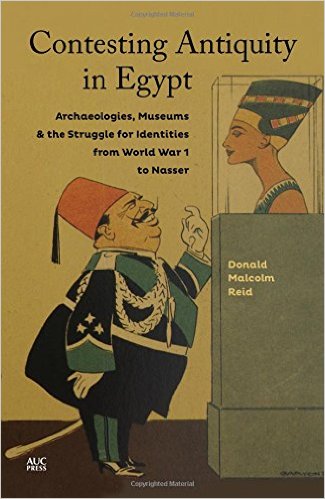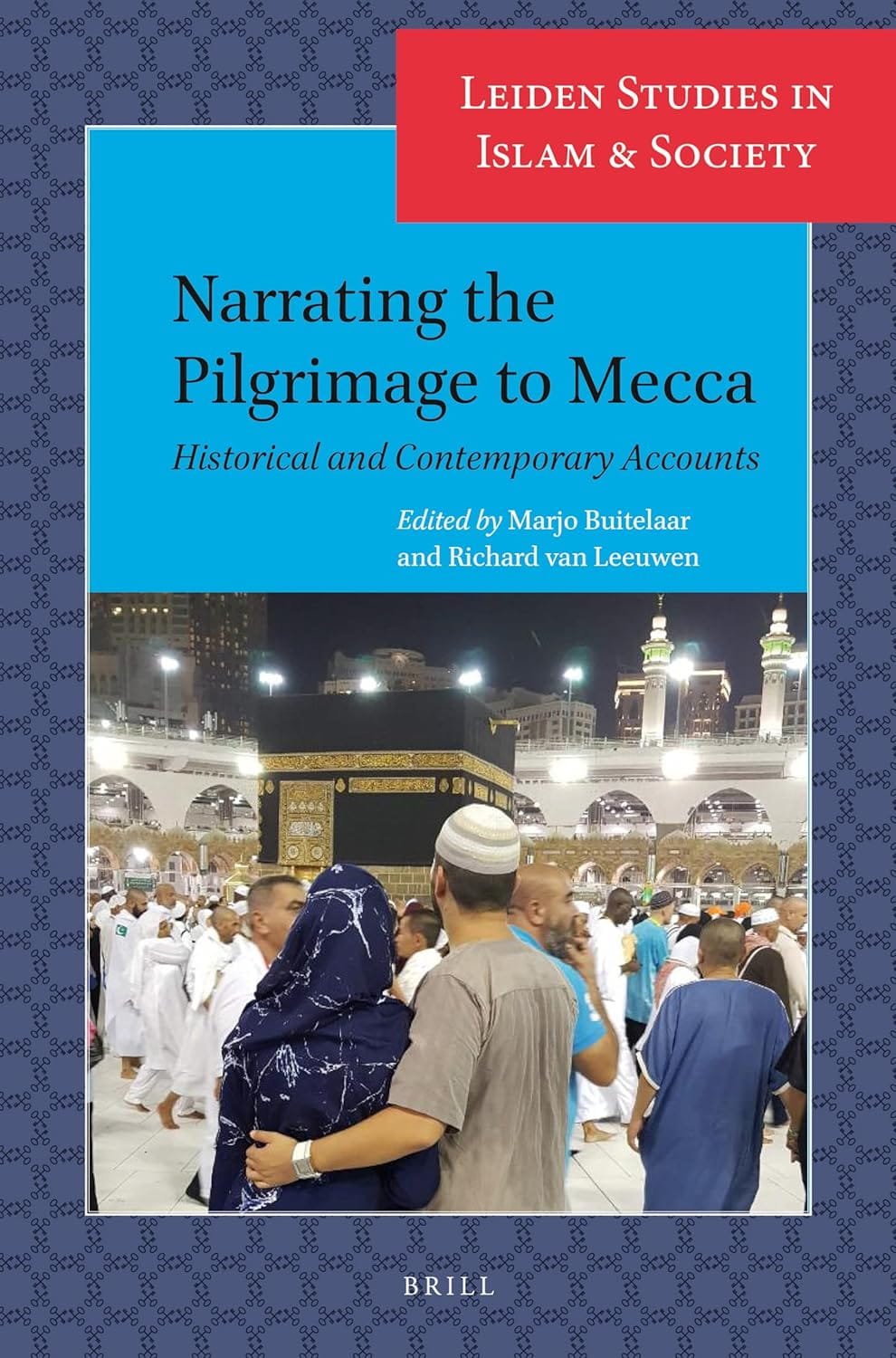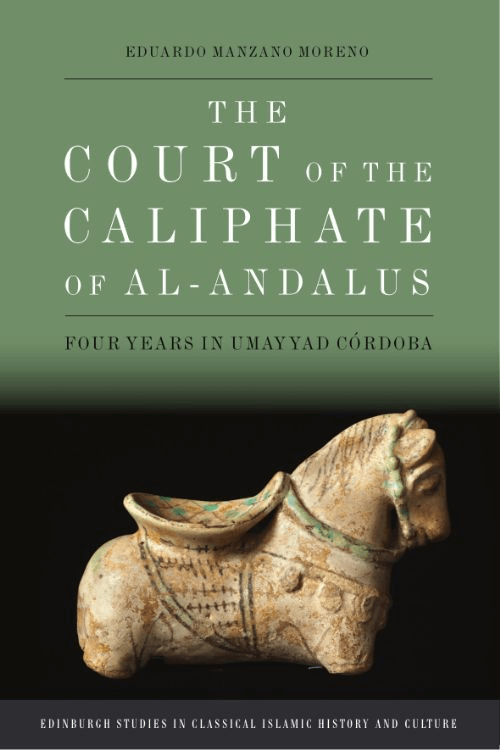
Contesting Antiquity in Egypt: Archaeologists, Museums & the Struggle for Identities from World War I to Nasser
Tom Verde
Donald Malcolm Reid
2015, AUC Press, 978-9-77416-689-1, $59.95 hb.
It took a while—the so-called “long 19th century” (1798-1914), in fact. But with the discovery of Tutankhamun in 1922, Egyptian archeologists began embracing their own past with the same rigor as their French and British imperialist predecessors. In this sequel to his Whose Pharaohs? Archaeologies, Museums, and Egyptian National Identity from Napoleon to World War I, Donald Reid traces the evolution of Egypt’s four major branches of archaeological study: Islamic, Coptic, Greco-Roman and ancient Egyptian. The nascent national movement went hand-in-hand with Egypt’s drive towards independence. “Revolutionary times are anything but predictable, and so it proved for the careers of Egyptian Egyptologists,” such as Amhad Kamal (1851-1923), founding father of native Egyptian archaeology, Coptologist Murqus Simaika (1864-1944) and Islamic archaeologist, Ali Bahgat (1858-1924), he writes. Yet by the last half of the 20th century, busts of many of these pioneering scholars appeared alongside their European counterparts outside Cairo’s Egyptian Museum, indicating “not of revolutionary overthrow but one of evolutionary inclusion” Reid observes in this fascinating history of historians.
You may also be interested in...

Essays Unpack the Evolving Hajj and Umrah Experience
This volume of essays juxtaposes historical first-hand narratives of Hajj and Umrah journeys with oral interviews of contemporary pilgrims to show the transformative power of storytelling.
New Perspective Offered in The Court of the Caliphate of al-Andalus — Our Book Review
Author Eduardo Manzano Moreno gives life to a court scribe’s observations of Córdoba to offer a rarely explored view of the era